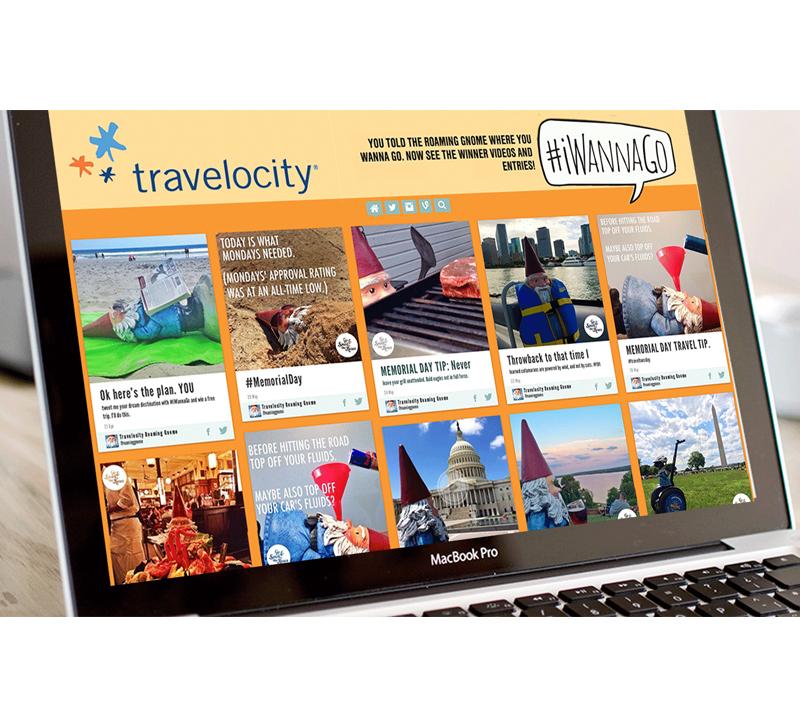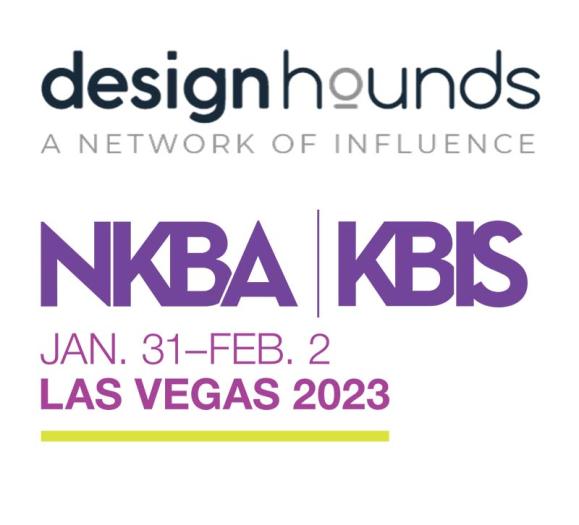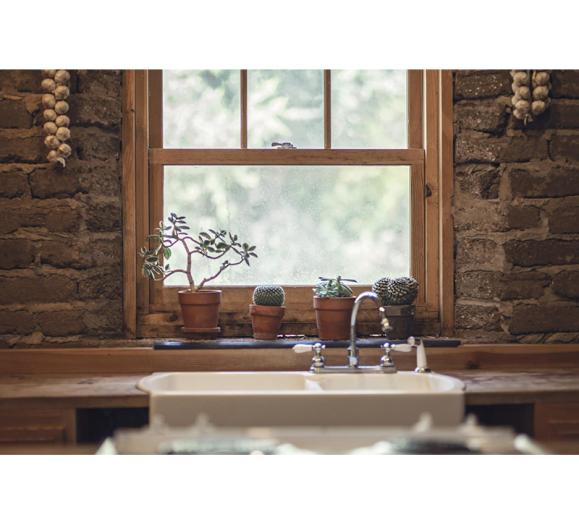In 2012, it was impossible to turn on a TV or scroll through Facebook without seeing the #ShareACoke hashtag. Coca-Cola’s user-generated content campaign asked fans and followers to post photos of themselves holding cans and bottles of Coke with their names on them, and Coke drinkers flooded the internet with images.
Whether they knew it or not, they created user-generated content for the company, which includes any type of material that’s created by a consumer, fan, social media follower, blogger or digital influencer. The content doesn’t have to be a photo — it can be a short video, or a social media or blog post.
Research shows that of all the age groups, Millennials respond best to user-generated content. The most recent research from CrowdTap illustrates that user-generated content is 20 percent more influential to Millennials and 50 percent more trusted than any other type of media. And not only is user-generated content more trustworthy to them, it can also be used in your company’s marketing.
User-generated content isn’t just for big Fortune 500 companies. Lighting and furniture showrooms and interior design firms can get in on the action too. Here’s why you should be encouraging user-generated content — and how to do it right.
Why User-Generated Content Matters
You’re probably already familiar with one type of user-generated content: online reviews. Consumers create reviews everyday to voice an opinion on a service or product. In fact, 84 percent of people trust online reviews as much as personal recommendations, according to BrightLocal’s 2016 Local Consumer Review Survey. Millennials especially respond to user-generated content because they see it as a personal recommendation.
“When a brand is telling them what to do,” Skyler Huff, Editor of MillennialMarketing.com, explains, “they are skeptical. When an individual, especially an influencer that they feel relates to them and their lifestyle, shares their insight and recommendations, they listen.”
Millennials have every right to be skeptical. In 2013, two friends noticed that the same maxi dress in two sizes (standard and plus sizes) sold on Target.com had two different color listings: Heather Gray and Manatee Gray. Then in 2014, bloggers noticed a major Photoshop fail in two images of bikini-wearing teenaged models on Target.com. In both photos, someone used the Photoshop eraser to take out part of the models’ thigh gaps, but the eraser extended further into the pelvis. Part of the models’ hips and ribcages were also missing.
The company drew sharp criticism and apologized for both instances, but Millennials — especially females concerned about body portrayals in the media — took their business elsewhere.
“If a brand’s mission and values don’t align with those of Millennial consumers, they will simply move on to a brand that shares their mindset,” Huff says.
That’s what’s so refreshing about user-generated content: The creator doesn’t have an agenda.
“People don’t spend much time dolling up the photos,” says Quinn Cox, Head of Partnerships and Business Development at social media aggregator TINT. “It’s very honest.”
Having user-generated content doesn’t just look nice on your Facebook or Instagram account. You can also use those images in an ad for your store. Your marketing team will spend less time creating an ad, and the ad itself will feel more personal and connected. As a courtesy, make sure you get permission from the owner before using the photo in an ad. Cox says most people feel flattered and will gladly let you use their photos.
“We definitely recommend that you get the rights to use that photo if you’re going to use it in a commercial sense,” he warns.
How to Best Utilize User-Generated Content
User-generated content isn’t just for boosting social media engagement, although it can do that too. This content can be used in ads, as part of contests or to build hype for an event.
As with any marketing campaign, the first step is always to identify goals. What is it that you want to get out of a user-generated content campaign? Do you want to bring attention to an event you’re hosting? Are you looking for ad material? What about doing a giveaway to bring customers to your store? Having an identified goal also creates an identified finish line — a way for you to know when you’ve succeeded.
Once you decide on a goal, you need to have a message. This will make it easy for consumers to understand how they can get involved, and you’ll get better content in return.
“If you’re focusing on just the brand and letting people focus on whatever they want,” Cox warns, “the message can be all over the place.”
Create a clear call-to-action and specify exactly how consumers can get involved. You might ask consumers to post photos of their favorite pieces of furniture with a certain hashtag or you might ask them to finish a phrase with a hashtag. Whatever your strategy may be, be sure the content is shareworthy. Huff says campaigns flop when they’re not shareable, so make sure it touches on something creative and connecting. You might ask your followers to post their pets on their pets’ favorite piece of furniture.
“If it’s not shareworthy, it will flop,” Huff says. “User-generated content should be engaging and relate to a brand’s core users and/or target audience.”
Also, don’t just choose a hashtag and give no clear instructions on how or why to use it. Cox says it’s one of the biggest mistakes he sees with user-generated content.
After the strategy, message and hashtag have been chosen, it’s time to start talking about your campaign, and not just on social media. Another problem Cox sees is that businesses don’t talk about their user-generated content enough. They put out the hashtag and assume people will contribute, but if you want entries, then you need to get the word out.
Sales associates in your showroom should be talking with customers about the campaign and how to participate. With each sale, associates should explain how to participate and what customers can get out of participation. Much like with online reviews, happy customers will more often participate in user-generated content campaigns as a way to give back to a store with exceptional service.
Remember, you don’t need thousands of entries to have a successful user-generated content campaign. All you really need is one great shot for an ad.
User-generated content checks off a lot of boxes in terms of usability. It engages customers and potential customers with your brand, and it helps build your credibility and trustworthiness with customers new to your company. The images and posts can be used in ads and other marketing materials, making them feel more authentic and lessening the burden from your marketing team. Though it isn’t always easy to get a user-generated content campaign off the ground, the investment pays for itself in the end.
Companies Killing the User-Generated Content Game
You may not have the budget of a Fortune 500 company, but you can still take inspiration from these companies’ user-generated content strategy.
The UPS Store: UPS, of course, delivers to everyone, but the actual store launched an Instagram user-generated content campaign to highlight one type of customer: the small business owner. Small business owners were asked to use the hashtag #TheUPSStoreCustomer in their Instagram posts, and the UPS Store account reshared the images. If you work with interior designers or contractors, this type of campaign could benefit both of you.
Aerie: Remember Target’s model mishap? Aerie took the flub and ran with it in 2014, creating a campaign asking users to post untouched swimsuit photos of themselves. For every #AerieReal post, the company donated a dollar to the National Eating Disorders Association. It also vowed to stop editing photos of its models to show its commitment to portraying healthy models in the media. The message resonated with its customers and cast the company as the antithesis to Target. By 2016, the brand’s sales increased by 32 percent. You don’t have to go after your competition, but consider contrasting your business’s expertise against DIY projects, asking customers to post their worst DIY fails.
Marc Jacobs: Rather than finding a model through an agency, Marc Jacobs took to social media to find one for its 2014 Marc By Marc Jacobs campaign. The brand asked followers to post their best photos with the hashtag #CastMeMarc to be considered. Marc Jacobs not only received 70,000 entries and a new model, but they also launched a trend in the beauty industry with Barney’s, Banana Republic and other brands creating similar campaigns. If you’re looking for content to specifically use in an ad, come out and say so. Explain why people should participate and what they can win.







